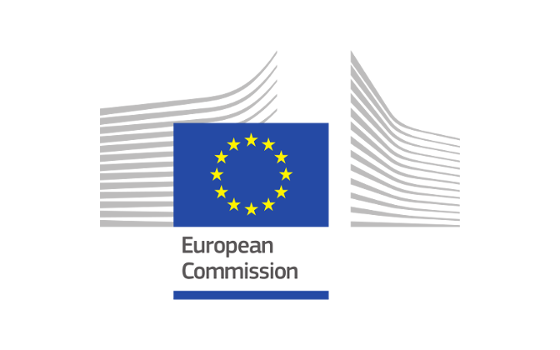 EU Members States, supported by the Commission, have developed an EU toolbox for the use of mobile applications for contact tracing and warning in response to the coronavirus pandemic. This is part of a common coordinated approach to support the gradual lifting of confinement measures, as set out in a Commission Recommendation last week.
EU Members States, supported by the Commission, have developed an EU toolbox for the use of mobile applications for contact tracing and warning in response to the coronavirus pandemic. This is part of a common coordinated approach to support the gradual lifting of confinement measures, as set out in a Commission Recommendation last week.
Since the outbreak of the coronavirus pandemic, Member States, backed by the Commission, have been assessing the effectiveness, security, privacy, and data protection aspects of digital solutions to address the crisis. Contact tracing apps, if fully compliant with EU rules and well coordinated, can play a key role in all phases of crisis management, especially when time will be ripe to gradually lift social distancing measures. They can complement existing manual contact tracing and help interrupt the transmission chain of the virus.The toolbox is accompanied by guidance on data protection for such mobile apps, which is also published today.
Welcoming the toolbox, Commissioner for Internal Market Thierry Breton said: "Contact tracing apps to limit the spread of coronavirus can be useful, especially as part of Member States' exit strategies. However, strong privacy safeguards are a pre-requisite for the uptake of these apps, and therefore their usefulness. While we should be innovative and make the best use of technology in fighting the pandemic, we will not compromise on our values and privacy requirements."
Commissioner for Health and Food Safety, Stella Kyriakides added: "Digital tools will be crucial to protect our citizens as we gradually lift confinement measures. Mobile apps can warn us of infection risks and support health authorities with contact tracing, which is essential to break transmission chains. We need to be diligent, creative, and flexible in our approaches to opening up our societies again. We need to continue to flatten the curve - and keep it down. Without safe and compliant digital technologies, our approach will not be efficient."
A common approach for voluntary and privacy-compliant tracing apps
Today's announcement is the first iteration of a common EU toolbox, developed urgently and collaboratively by the e-Health Network with the support of the European Commission. It provides a practical guide for Member States in the implementation of contact tracing and warning apps. The toolbox sets out the essential requirements for these apps:- They should be fully compliant with the EU data protection and privacy rules, as put forward by the guidance presented today following consultation with the European Data Protection Board.
- They should be implemented in close coordination with, and approved by, public health authorities.
- They should be installed voluntarily, and dismantled as soon as no longer needed.
- They should aim to exploit the latest privacy-enhancing technological solutions. Likely to be based on Bluetooth proximity technology, they do not enable tracking of people's locations.
- They should be based on anonymised data: They can alert people who have been in proximity for a certain duration to an infected person to get tested or self-isolate, without revealing the identity of the people infected.
- They should be interoperable across the EU so that citizens are protected even when they cross borders.
- They should be anchored in accepted epidemiological guidance, and reflect best practice on cybersecurity, and accessibility.
- They should be secure and effective.
While allowing for easier, quicker and more efficient tracing than traditional systems based on interviews with infected patients, manual tracing will continue to cover citizens who could be more vulnerable to infection but are less likely to have a smartphone, such as elderly or disabled persons.
A common approach to other functionalities, in particular on information and symptom tracking, may be developed in future iterations of the toolbox.
Next steps
The toolbox reflects the latest best practices in the use of mobile contact tracing and warning apps to tackling the crisis. It is part of an ongoing process where Member States work together to devise and refine in the coming weeks and months the use of this and other practical tools. This first version will be further enriched in light of the experiences of Member States.Member States should report on their actions by 31 May 2020 and make the measures accessible to other Member States and the Commission for peer review. The Commission will assess the progress made and publish periodic reports starting in June 2020 and throughout the crisis, recommending action or the phasing out of measures that seem no longer necessary.
For further information, please visit:
- EU toolbox on mobile applications to support contact tracing in the EU's fight against COVID-19
- Commission Recommendation on a common Union toolbox for the use of technology and data to combat and exit from the COVID-19 crisis
- Guidance to ensure full data protection standards of apps fighting the pandemic
- Commission coronavirus response page
- Digital technologies in response to coronavirus